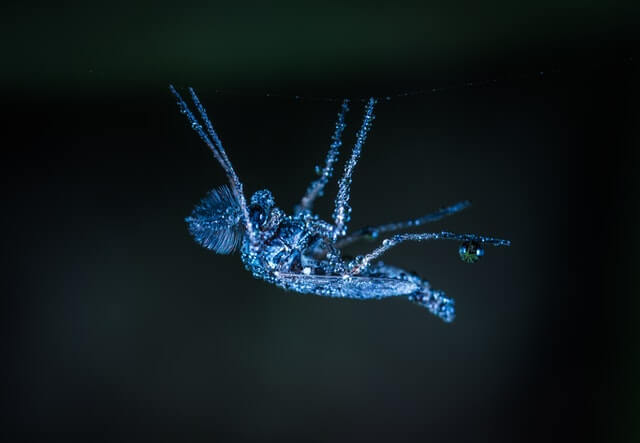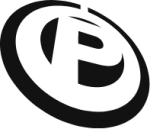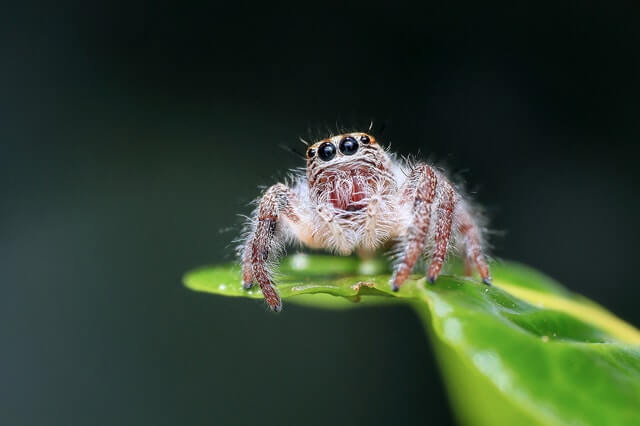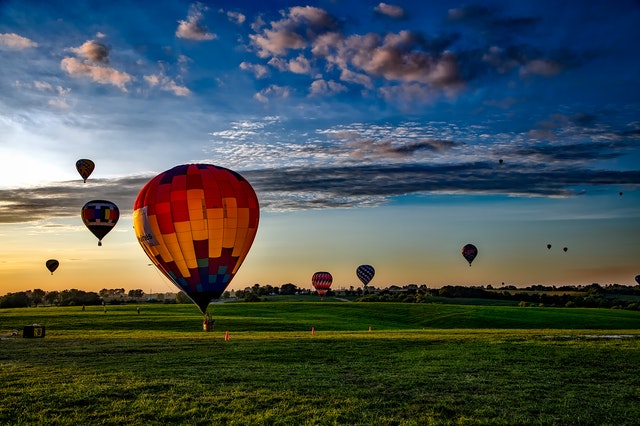Hey! Look at this picture of a spider:
 Looks pretty cool right? Well, this little guy is slowing down this page’s loading time. That’s right. While images can transform a website’s visual appeal, they also play a pivotal role in the fight towards SEO supremacy. If you can harness their power, they’re one of the best ways of getting Google’s bots to comprehend your page. Their successful deployment could see your content appearing in more than one SERP; you didn’t forget about Google Images, did you?
Looks pretty cool right? Well, this little guy is slowing down this page’s loading time. That’s right. While images can transform a website’s visual appeal, they also play a pivotal role in the fight towards SEO supremacy. If you can harness their power, they’re one of the best ways of getting Google’s bots to comprehend your page. Their successful deployment could see your content appearing in more than one SERP; you didn’t forget about Google Images, did you?
There are almost endless ways to optimise an image, but we’re going to run through the main ones that you can,and should implement onto your website right now. We’ll be covering:
- How to reduce an image’s file size
- The best image formats
- How to title your images
- Image alt-text
- The dangers of decorative images
But first’s things first…
What is image optimisation?
Fundamentally, optimising an image means reducing its file size as much as possible, without having a negative impact on the image’s quality. This helps the page to load faster, look better, and secure the trust of your potential customer, whether they’re searching on mobile or desktop.
Without image optimisation, websites can take an age to fully load, sending users bouncing and directing money towards competing businesses who’ve put the work in. It’s especially vital for eCommerce websites, where the difference between a scroll-past and a sale is a matter of milliseconds.
Why should I optimise my images?
What’s the longest you’re willing to wait for a web page to load before giving up? 10 seconds? 5? 3?
Newsflash: the human brain can detect delays as short as 1/10th of a second. It only takes 1 second for an internet user to lose interest, or forget why they came to the page in the first place. That’s why image optimisation is so important. They may not look it, but images are one of the largest contributors to a page’s overall weight. Left to their own devices, they’ll drag your site’s load time to a snail’s pace and send your users sprinting for the exit.
Research from Moz even suggests that Google measures time to first byte as a key ranking factor. That’s the time it takes for the webserver to send the first byte of information to the browser. In English: how long it takes for you to see something after clicking the page link. If your website’s time to first byte is painfully slow, the crawl bots aren’t going to make it there. There’s only so much time Google can send their bots out while staying within their crawl budget. Let’s make it easy for them. Slim those images down to make website usability instantaneous.
But do we optimise images? Let’s dive in…

How to reduce your image file sizes
This picture of a spider crawling peacefully along a blue crayon is just 15KB in size. That’s absurd, quite frankly. Is that even allowed? Who cares, we did it anyway.
But how? The answer, unfortunately, is not wizards. For professionals like us, this mode of image optimisation happens mostly through Adobe Photoshop, in which there are several tools to help you to cut down file size.
However, for a free, easy-to-use alternative that you can use yourself, we recommend using tinpng.com.

All that’s required is a quick drag and drop of your files, and this very polite and helpful panda will minimise the file size as much as possible without harming the visual quality. Remember, with some images, there’s only so much you can shrink before they start to look pixelated. As with any area of SEO, there’s always the risk of over-optimising. Generally speaking, 15KB-70KB is the sweet spot.
If you run an eCommerce site, it’s vital that you remember to do this for your thumbnail images as well. They may look small and inconsequential on the surface, but they have the power to grind your site to a punishing halt.
What image format should I use on my website?
There are 3 primary image formats:
- JPEG
- GIF
- PNG
JPEGs
Supportive of quality, smaller images with a great capacity for compression, the JPEG is a solid choice of format. They’ve been out here a long time and they know their stuff. You can always trust a JPEG to do the simple stuff well.
GIFs
GIF images have a lower resolution quality than JPEGs, but they are still good for simple images with few colours. They also, as I’m sure your group chat has made you aware, support animation fantastically.
PNGs
These are a popular alternative to GIFs. The clarity of their images is of premium quality. They can support more colours, and they don’t degrade with reuse, making them ideal for larger images. The downside is their file sizes can be quite large, and if not optimised properly they could severely damage the speed of your site.

How to name your images
This little guy has been lovingly christened ‘spider-crawling-on-leaf.jpg’. It’s clear, it’s concise, it tells any passing crawl bot exactly what it is. You should be aiming to replicate that formula when naming your files. That means no long stretches of numbers for no reason!
This is a golden SEO opportunity. We implore you to do thorough, effective research on what your target audience are searching for, and then modifying those search terms into your image titles. Like with H tags, image titles all help to communicate to a crawl bot what an image is and where the page belongs in the index.
How to optimise alt-text
This is similar to image titles. It’s another way of describing the content and purpose of an image to a crawl bot, who doesn’t have the eyes to see the image itself. Optimising alt-text is probably the best way of ensuring images turn up in image search results. The rules are pretty much the same:
- describe the image in clear, plain language
- don’t over-stuff them with keywords
If the image is of a specific product, you may include a serial number in the alt-text. This is the only time a big chain of numbers is endorsed! So make the most of it!
Avoid using decorative images
Carefully consider including any images that aren’t of a product or related to a product. They could slow the page down, without adding anything of value to the user. In fact, if the bots find it, they interpret the image as irrelevant, and penalise your page in the rankings. So, don’t post loads of background images of classic cars for your baking recipe website, or fill your blog post about image optimisation with pictures of spiders. That would be really weird.

A digital marketing agency driven by results
Digital Ladder are an agency ready to take your business to the next level. To see where we can take you, contact us today.




